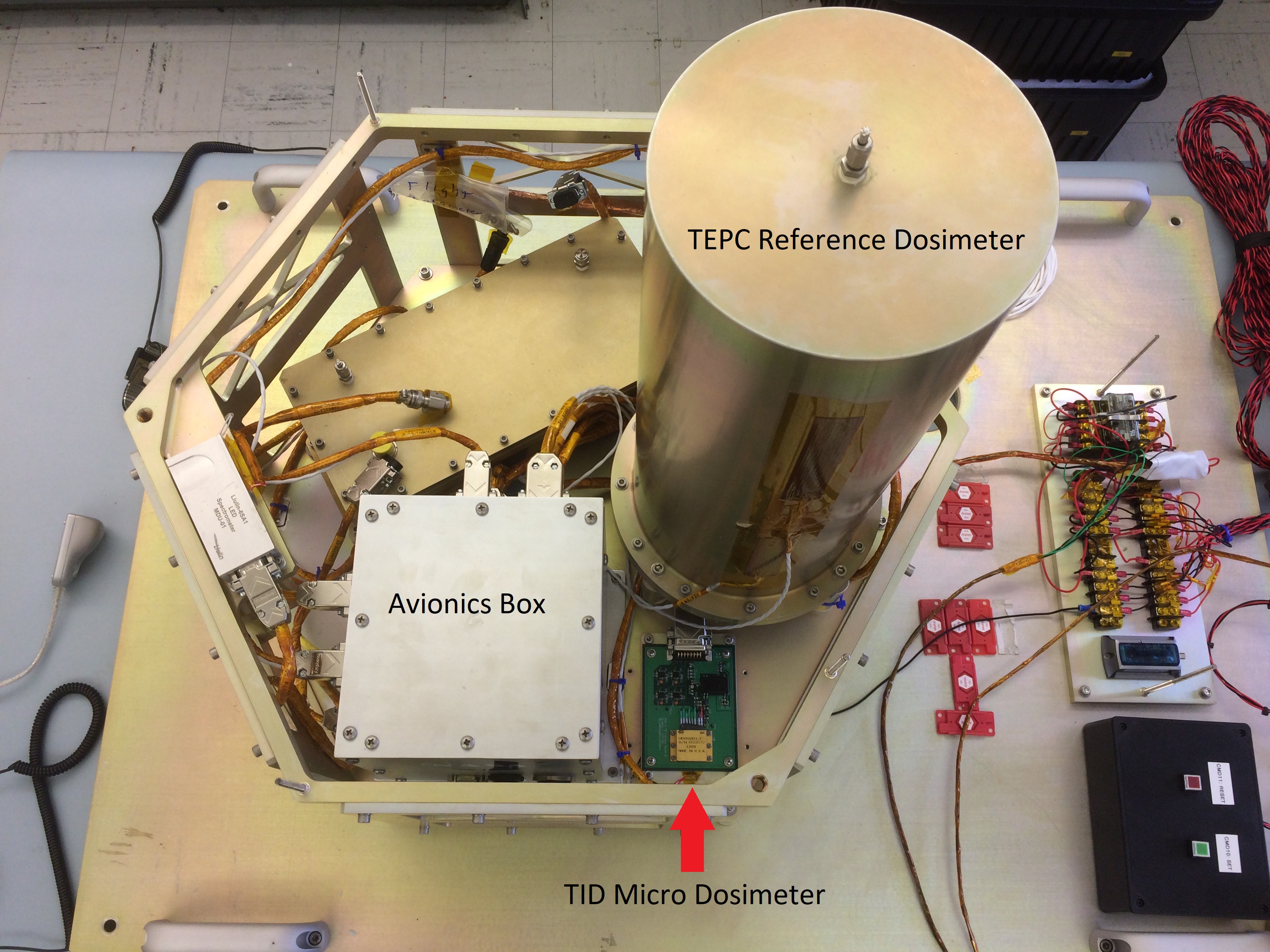NASA: Radiation Dosimetry Experiment (RaD-X)
A high-altitude balloon mission to measure biologically harmful radiation entering the atmosphere
The NASA Radiation Dosimetry Experiment (RaD-X) high-altitude balloon mission was successfully launched from Fort Sumner, New Mexico on 25 September, 2015. Over 20 hours of science data were obtained from four dosimeters at altitudes above 20 km. It provided first-time indications of how cosmic rays deposit energy at the top of atmosphere - which produce showers of additional particles that increase the energy deposited where commercial airlines fly. The data from this experiment will improve NASA’s Nowcast of Atmospheric Ionizing Radiation for Aviation Safety (NAIRAS) model, which is currently used by public and private entities for informed decision-making about radiation exposure safety for flight crews, the general public, and commercial space operations. The project resulted in critical science data that improves our ability to forecast radiation storms that could harm airline workers and passengers. It has resulted in >10 publications, including a special edition AGU journal and IEEE Aerospace Conference paper.
I served as the Avionics Engineering Lead for the Radiation Dosimetry Experiment (RaD-X) high-altitude balloon experiment. I led the design of the complete avionics payload for through mission concept, requirements, prototyping, design, fabrication, environmental testing, flight, and post-flight analysis all while collaborating with a diverse set of teammates and stakeholders, including NASA’s Science Mission Directorate and the FAA. Engineering design work included custom PCB design for the radiation sensor and flight computer interface using Altium Designer and the design and evaluation of trade-studies for selecting commercially available parts (e.g. satellite telemetry modem).
Throughout the full duration of the project our team was engaged with the community through outreach and mentorship of interns.



